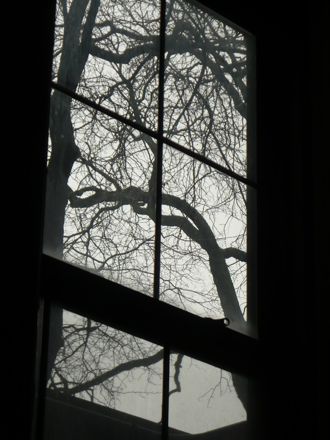From a post on a New York Times blog specifically about college admissions:
My daughter is a senior from a public school with a class size of 589. She has a 4.0 GPA with mostly advanced and AP classes, except required classes. She has an SAT of 2,250, ACT 36. So she is a National Merit finalist, President Scholar candidate, and a winner of MI Southeast Conference All Academy Award (only five students in her school win). She is a cellist in symphony orchestra and a varsity crew member on the rowing team.
Yet she was rejected by four Ivy schools and put on the waiting list for the University of Chicago. What went wrong? Her counselor was stunned by her rejection. What should she do to get off the waiting list?
…
Answer:Your daughter sounds like a terrific scholar, musician, and athlete. The world of selective college admissions is so hyper-competitive that trying to read the tea leaves about why decisions were rendered is almost impossible…
One feels sorry for the daughter, she is such a quantitatively perfect person. Her SAT score is higher than most graduate students’ monthly incomes. She has perfect grades. She has perfect stats. She has more honors and decoratations than a military veteran. She comes from a public school, so she isn’t too marked by obvious badges of class status. She appears, at least to her parent, as a completely flawless unit ready for insertion into what was, evidently, expected to be a flawlessly meritocratic system.
Continue reading “The failed fantasy of pure meritocracy”

